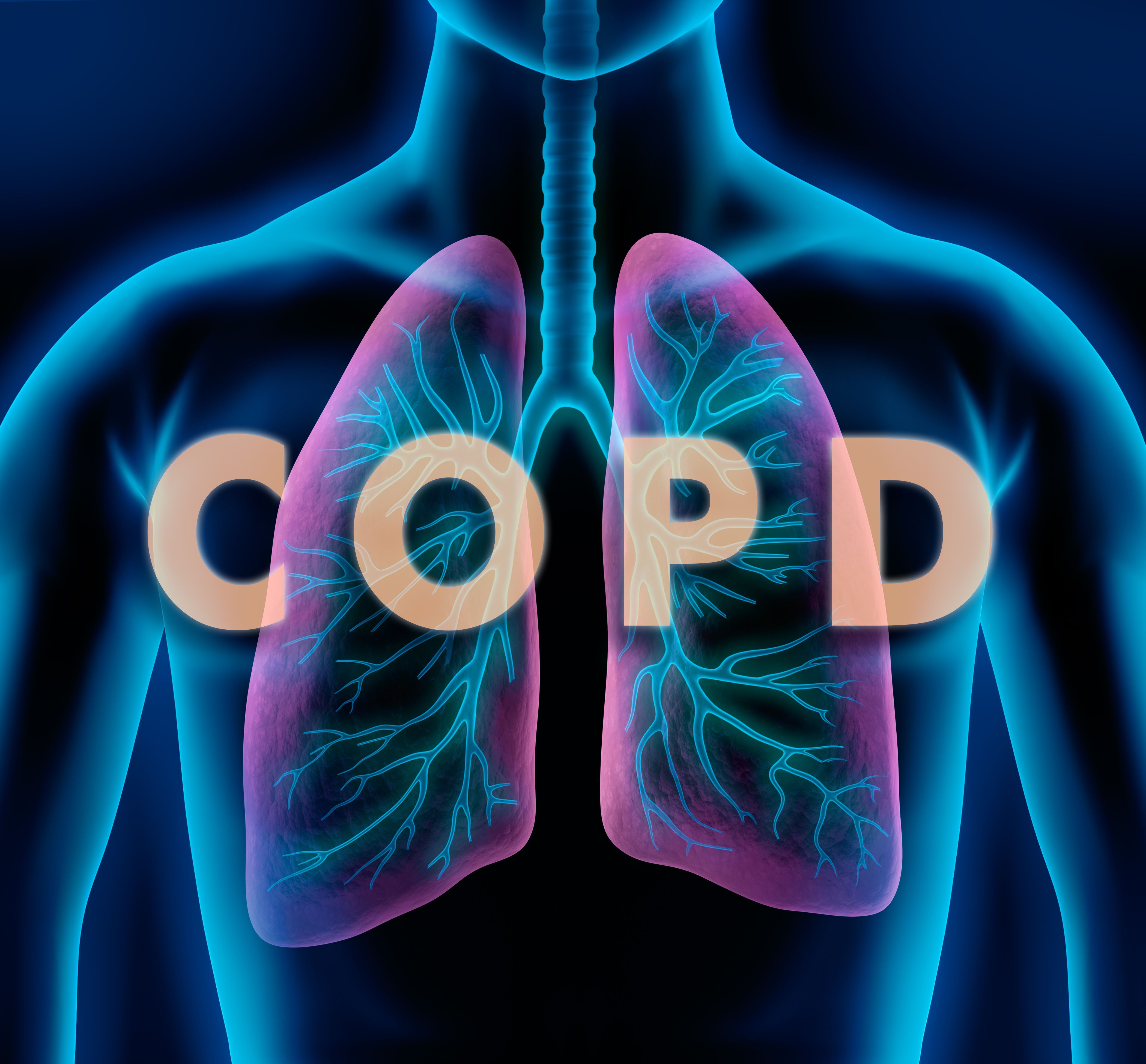- Center on Health Equity & Access
- Clinical
- Health Care Cost
- Health Care Delivery
- Insurance
- Policy
- Technology
- Value-Based Care
Study: Oxidative Balance Score Negatively Associated With Frailty in Patients With COPD
In patients with chronic obstructive pulmonary disease (COPD), the higher the oxidative balance score, the lower the frailty risk, especially in women.
Oxidative balance score (OBS) was negatively associated with frailty in patients with chronic obstructive pulmonary disease (COPD), according to a study published in Heliyon.
The researchers explained that frailty significantly increases the likelihood of exacerbation, hospitalization, and death in patients with COPD. More specifically, several studies demonstrated that frailty in patients with COPD is associated with 1.5 times to 2 times higher risks of exacerbations requiring emergency care or hospitalization; it is also independently associated with all-cause mortality in patients with COPD as they have an almost twofold increased risk of death.
The researchers noted that there is “compelling evidence” that moderate exercise and dietary antioxidants reduce oxidative stress, ultimately improving frailty in patients with COPD. OBS was developed to provide a comprehensive assessment of overall oxidative balance by quantifying combined exposures to multiple lifestyle and dietary factors known to influence oxidative processes. In the calculation, OBS analyzes both pro-oxidants, like smoking and iron intake, and antioxidants, like physical activity and vitamin C.
Although previous studies suggested that a higher OBS is associated with a lower risk of diseases, the relationship between OBS and frailty in patients with COPD remains unclear. Consequently, the researchers conducted a study to clarify the association.
COPD | Image Credit: peterschreiber.media - stock.adobe.com

The researchers examined data on patients with COPD from the National Health and Nutrition Examination Survey (NHANES). They calculated the OBS for each patient based on 20 dietary and lifestyle factors known to influence oxidative processes. The researchers explained that subjects with data for 16 or more of the 20 OBS components were selected for the study; a higher OBS indicated a higher proportion of antioxidant exposure compared to pro-oxidant exposure.
Also, to measure patients’ frailty, they used the Frailty Index (FI), which is based on the deficit accumulation approach. The FI considers 49 deficits across different physiological systems and is expressed as a ratio between 0 and 1, representing the number of acquired deficits divided by the total number of potential deficits. The researchers determined deficits based on self-reported responses to specific sections of the NHANES questionnaires; frailty status in patients with COPD was defined as an FI of 0.21 or greater.
Of the 96,811 NHANES participants between 1999 and 2018, 1577 adult patients had both COPD and frailty. Of these patients, the researchers excluded those with less than 16 items of the total components of the OBS, along with those missing covariate data. The final study population consisted of 1201 eligible participants. The median age was 62 years (IQR, 54-72), and most participants were male (62.3%) and non-Hispanic white ethnicity (70.7%).
They divided the population into 4 groups according to the OBS quartiles: Q1 (OBS,4-12; median, 9), Q2 (OBS, 13-17; median, 15), Q3 (OBS, 18-23; median, 20), and Q4 (OBS, 24-35; median, 27). The researchers found that, compared with participants in the lowest OBS quartile, participants in the highest OBS quartile tended to be younger, have a higher poverty-income ratio, higher educational attainment, and higher protein and total energy intake. Also, they noted that the population of participants with frailty and severe comorbidities declined with increasing OBS.
Overall, OBS was significantly associated with frailty in patients with COPD as the risk of frailty decreased by 6.0% for each 1-unit increase in OBS (OR, 0.94; 95% CI, 0.90-0.98; P = .002); the researchers noted that this suggests that OBS is associated with a decreased risk of frailty in patients with COPD. They explained that the highest quartile of OBS had a significantly negative correlation with frailty risk than the lowest OBS quartile (OR, 0.41; 95% CI, 0.19-0.92). Also, compared to participants in the lowest OBS quartile, the participants in Q3 and Q4 had a lower risk of developing frailty (P < .05).
Additionally, the researchers found a significant negative association between OBS and frailty after adjusting for all variables. More specifically, they reported that both higher dietary OBS (OR, 0.37; 95% CI, 0.20-0.71; P .003) and higher lifestyle OBS (OR, 0.41; 95% CI, 0.24-0.71; P = .002) were strongly associated with a lower frailty risk, with a trend test indicating a statistically significant downward trend (P < .002). Lastly, subgroup and restricted cubic spline (RCS) analyses showed there was a negative linear association between OBS and frailty, with a significant reduction in frailty risk observed in women.
The researchers acknowledged their study’s limitations, one being that the cross-sectional design makes it difficult to infer causality. Because of this, they suggested conducting longitudinal analyses to establish temporal relationships between OBS and frailty onset. Despite its limitations, the researchers explained how best to apply their findings to help patients with COPD.
“Identifying at-risk populations through OBS and reducing the prevalence of frailty in COPD with public health programs focused on antioxidant diet and lifestyle can potentially reduce the burden of disease and the economic costs of managing complications,” the authors concluded.
Reference
He X, Lin X, He B, Xu H, Suo Z, Zhang H. Association between oxidative balance score and frailty in chronic obstructive pulmonary disease. Heliyon. 2024;10(4):e25750. doi:10.1016/j.heliyon.2024.e25750
Preventing Tomorrow’s High-Cost Claims: The Rising-Risk Patient Opportunity in Medicaid
November 6th 2025For Medicaid care management, focusing on rising-risk patients is more effective than targeting high-cost claimants, whose spending tends to decrease over time due to regression to the mean.
Read More
